Water quality is what we all want.
Contamination of the lakes and river could lead to increased blooms of aquatic plants; murky and green water; and poor conditions for swimming, boating, and fishing
Here are some of the more significant things that affect the water
- Environmental stresses such as new development, more year-round residents, and the replacement of small cottages with large homes
- Reductions in surrounding forests
- Reductions in natural shorelines
- Landscaping that leaches lawn nutrients to the water
- Zebra mussels (AIS) that increase algae and may lead to blue-green algae
- Invasive plants out-competing native plants
- Failing septic systems
- Farm runoff
- Road salt
- Acid rain
As you can see, the problem is broad and your actions alone cannot solve water quality issues
But here are some of the actions that you can take to protect and improve water quality
- Avoid the use of phosphorus-based fertilizers (banned in Minnesota)
- Avoid household products, such as shampoos and detergents, containing phosphorus
- Control stormwater runoff on your property
- Keep your shoreline and stream-bank natural or reclaim more natural shoreline
- Maintain your septic system
- Avoid attempting to treat aquatic weed beds on your own
For the broader solution we need to consider and protect the watershed that drains into our waters. Here’s why:
- The soils in the watershed are great filters and absorb harmful chemicals and excess nutrients from stormwater runoff before they can reach the lake water
- Scientists tell us that the three primary threats to water quality are excess phosphorus, excess nitrogen, and sediments flowing into our waters
- And logically, most of the steps needed to preserve water quality are focused on avoiding excess phosphorus, nitrogen, and sediments flowing into the water
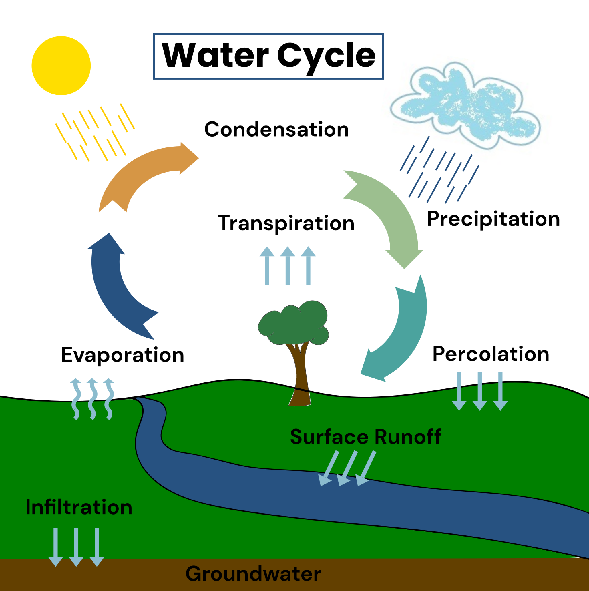
Water in nature is indispensable in the maintenance of life. It is distributed in nature in rivers, seas, lakes, oceans, glaciers, and underground aquifers.
The water cycle in nature is fundamental in:
- The maintenance of life on planet earth;
- The variation of the weather and
- The level of rivers, lakes, seas, and oceans.
Phases of the water cycle
The water cycle is made up of five stages or phases: evaporation, condensation, precipitation, infiltration, and transpiration.
Evaporation
The heat radiated by the sun heats the water in rivers, lakes, seas, and oceans, producing the phenomenon of evaporation. At this time, the transformation of water from a liquid state to a gaseous state takes place and it moves from the surface of the earth to the atmosphere.
Condensation
When the water vapor in the atmosphere cools, it forms small droplets, which group together and form clouds and mist. This process of transforming water from a gaseous to a liquid state is known as condensation.
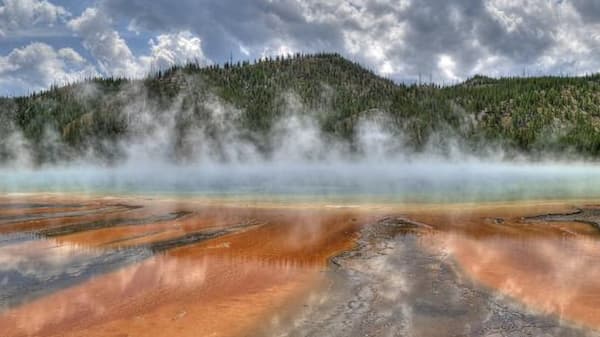
Precipitation
When there is a lot of condensed water in the atmosphere, the precipitation process begins, which is nothing more than the fall of water in the form of rain, snow, or hail depending on the environmental temperature of the regions. Snow and hail are water in the atmosphere converted to its solid state.
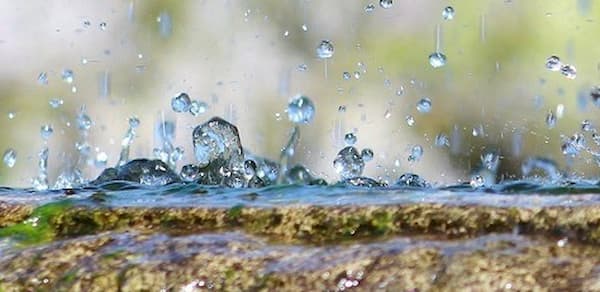
When there is a lot of condensed water in the atmosphere, the precipitation process begins, which is nothing more than the fall of water in the form of rain, snow, or hail depending on the environmental temperature of the regions. Snow and hail are water in the atmosphere converted to its solid state.
Infiltration
When precipitation reaches the earth’s surface, some of that water percolates through the ground and feeds underground water reservoirs by infiltration.
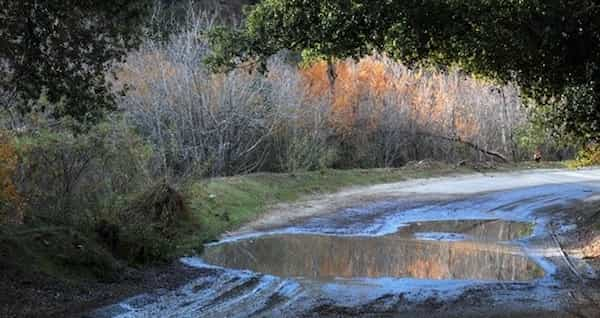
Perspiration
Plants absorb water, either from aquifer deposits or precipitation and after using it, release it back into the atmosphere through the process of transpiration. Water can also evaporate and percolate through the ground to supply rivers, which flow into seas and oceans, restarting the entire process of the water cycle.
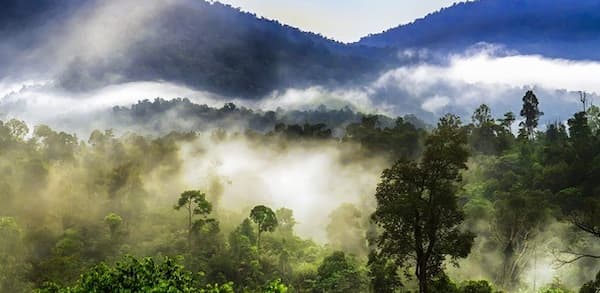
For more insight on many of these issues, look at MN COLA’s Lake Resiliency page
You will also notice that many of MN COLA’s Legislative Agenda and Grassroots Action Agenda issues are focused on AIS and Water Quality
We know this is important and hopefully you do too!

